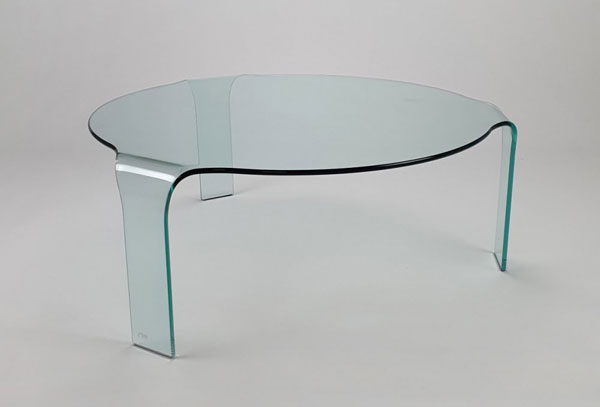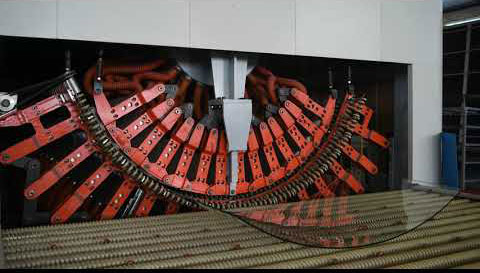Home » Blog » Bent Glass and its Applications
Posted on : 08-12-2022 Author : Madhabi Banerjee

At some point in time, we all have marvelled at glass architecture that curves such as glass domes in office foyers or churches. Ever wondered how a flat piece of glass can become curved? Would it not break into pieces if it were to change shape? Well, not really! Let us delve more into the world of curved or bent glass.
Bent glass or curved glass is any glass that is bent or curved into a concave or convex shape. The glass is first steadily reheated till it softens. It is then bent in a controlled manner till it bends into the required shape over a metal mold. Finally, it is left to cool off till the desired shape is achieved. In glass manufacturing factories, this heating and cooling process is predefined. Glass specialists set the heating and cooling curve parameters based on various factors like size, thickness, type and quality of glass, the type and radius of curvature, the angle at which glass is to be bent, the quality of the mold used, and many more. This makes it all the more vital that the desired design is obtained without losing any characteristics of the glass.
With technological developments and innovations, the glass industry has improved the process of bending glass over many years. The main technologies involved in the glass bending process are:

Modern glass bending machines, which come in different sizes and models, offer robust structural designs for commercial purposes, based on different needs. These machines help minimize operating costs while providing a balanced and enduring structure.
Bent glass when compared to flat glass, offers a more non-conventional and elegant look to any architectural design. Right from doors to building facades, bent glass brings in its uniqueness. Apart from the looks, bent glass also offers high load resistance, increased mechanical strength, and higher durability due to the arching in it. Put to right use, bent glass can greatly reduce the dependence on other building materials. Bent glass also offers thermal insulation, that is, traps the heat within, thus making it the perfect material for climates with vast temperature variations.
With the increasing use of bent glass in architecture nowadays, you will find multiple applications such as walls, revolving doors, domes, skylights, showcases, shower cubicles, balustrades, glass elevators, partition panels, curtain walls, and many more. Keeping in line with the latest interior décor trends, interior designers opt for bent glass tables and bent glass nesting tables to make the room look chic, sophisticated, and visually enticing, and make it the artistic focal point.